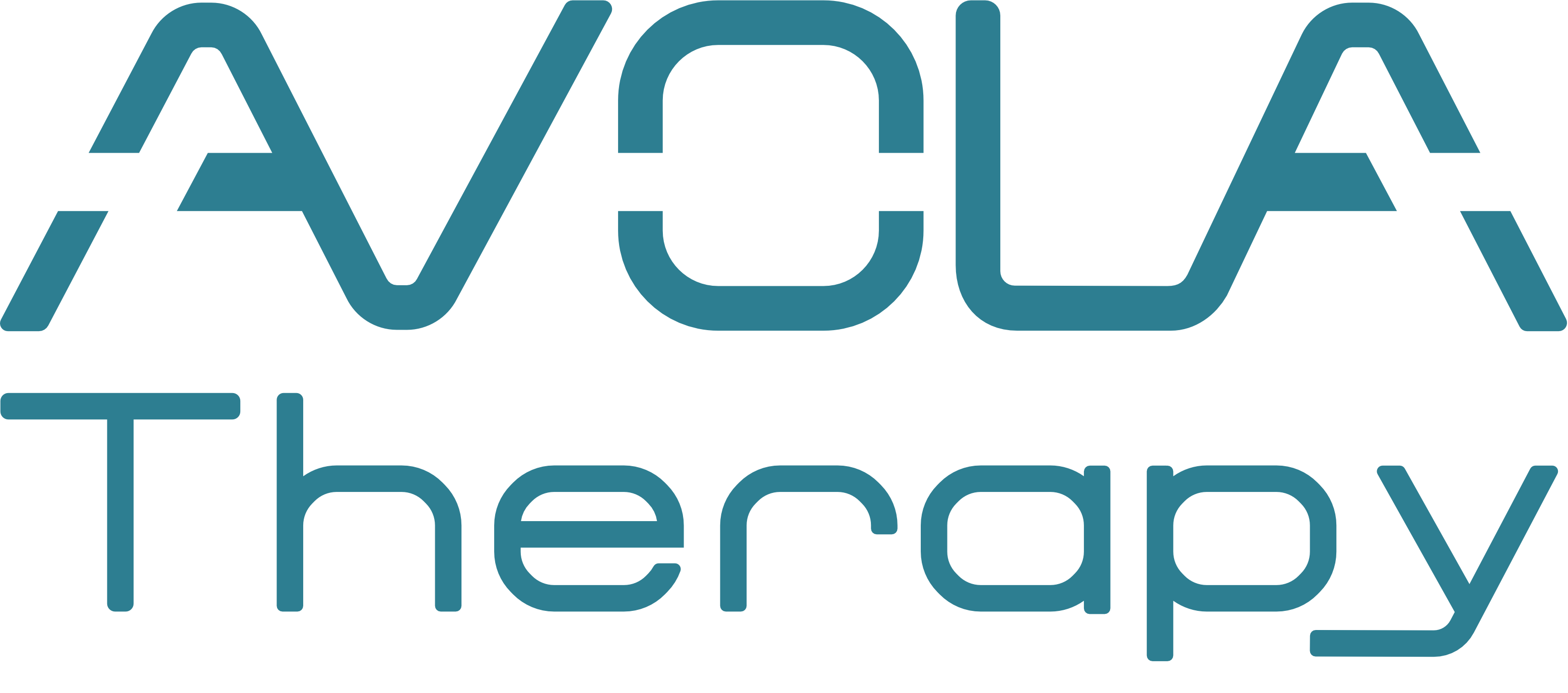Shoulder Pain: Regaining Strength, Function, and Comfort
Shoulder pain can be more than a nuisance—it can disrupt daily life. Whether it’s reaching for a glass, getting dressed, or lifting a child, even the simplest tasks can become frustrating and painful. While many people associate shoulder rehab with physical therapy, Occupational Therapy (OT) plays a critical and often overlooked role in treating shoulder conditions, especially when the goal is to restore real-life function.
What Causes Shoulder Pain?
The shoulder is a complex joint, allowing for a wide range of motion but also prone to injury and strain. Common causes of shoulder pain include:
- Rotator cuff injuries or tears
- Frozen shoulder (adhesive capsulitis)
- Shoulder impingement syndrome
- Tendinitis or bursitis
- Post-surgical recovery
- Arthritis
- Stroke-related weakness or subluxation
Some shoulder issues arise from overuse or poor posture, while others are the result of trauma, aging, or neurological conditions. Regardless of the cause, chronic shoulder pain can lead to decreased mobility, reduced independence, and diminished quality of life.
The Role of Occupational Therapy
Occupational Therapists take a holistic, function-driven approach to shoulder rehabilitation. Their primary goal is not just pain reduction, but helping individuals regain the ability to perform daily tasks—what therapists call “Activities of Daily Living” (ADLs). These may include bathing, grooming, cooking, dressing, driving, or returning to work.
Unlike traditional strength-focused programs, OT emphasizes practical adaptations, motor retraining, and personalized interventions that align with a patient’s lifestyle and goals.
What Does OT Treatment Look Like?
OT for shoulder pain typically begins with a thorough evaluation, including:
- Pain assessment and range of motion testing
- Functional task analysis (e.g., what daily tasks are difficult?)
- Postural and ergonomic evaluation
- Joint protection and body mechanics education
Based on these findings, a personalized treatment plan may include:
- Therapeutic exercises: Gentle, progressive movements to restore flexibility, stability, and strength without aggravating symptoms
- Neuromuscular re-education: Training the brain and muscles to work together more efficiently, especially after stroke or prolonged immobility
- Pain management techniques: Includes activity pacing, positioning strategies, heat/cold therapy, and relaxation training
- Task adaptation: Teaching new ways to perform tasks that reduce strain on the shoulder (e.g., using long-handled tools, modified dressing techniques)
- Ergonomic modifications: Adjusting workstations or home setups to prevent re-injury
- Home exercise programs: Ensuring continuity of care and encouraging independence
The Benefits of OT in Shoulder Rehab
- Restores independence in daily activities
- Improves range of motion and functional strength
- Reduces risk of re-injury through education and ergonomics
- Supports long-term pain management
- Promotes confidence and return to valued roles at home or work
When to Seek Help
If you’ve been living with shoulder pain for more than a couple of weeks, or if it’s interfering with your ability to function, an Occupational Therapist can help. OT is especially valuable for individuals recovering from surgery, managing chronic conditions, or dealing with complex, multifactorial pain.
Conclusion
Shoulder pain doesn’t just hurt—it limits your freedom. Occupational Therapy offers a personalized, functional, and empowering approach to shoulder rehabilitation. With the right guidance, you can rebuild strength, reduce discomfort, and get back to doing what matters most—on your own terms.

